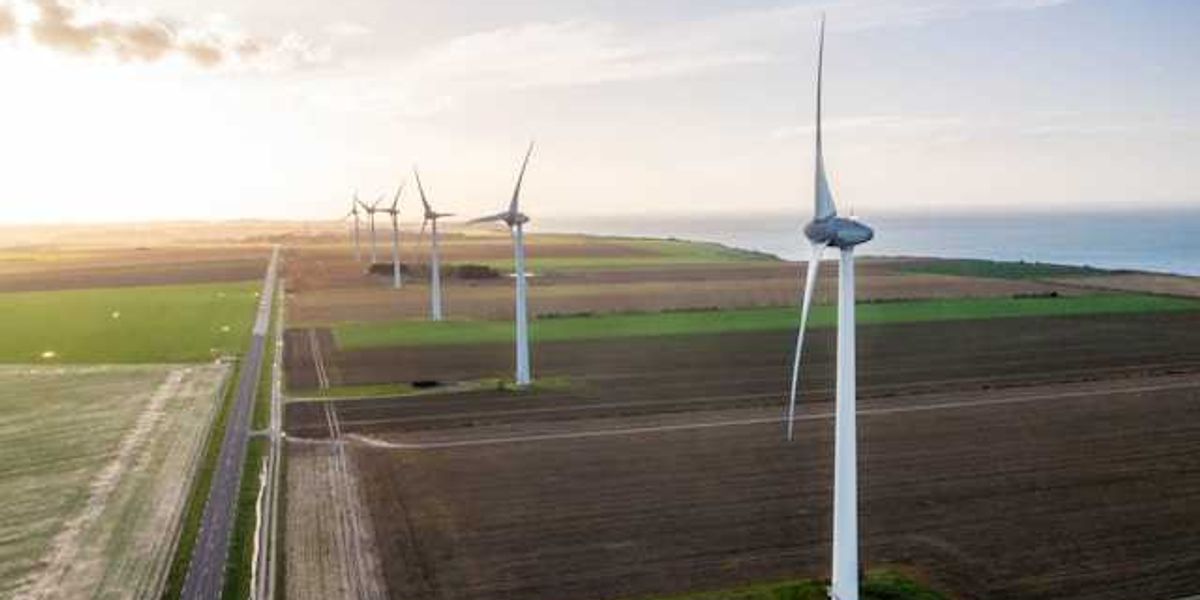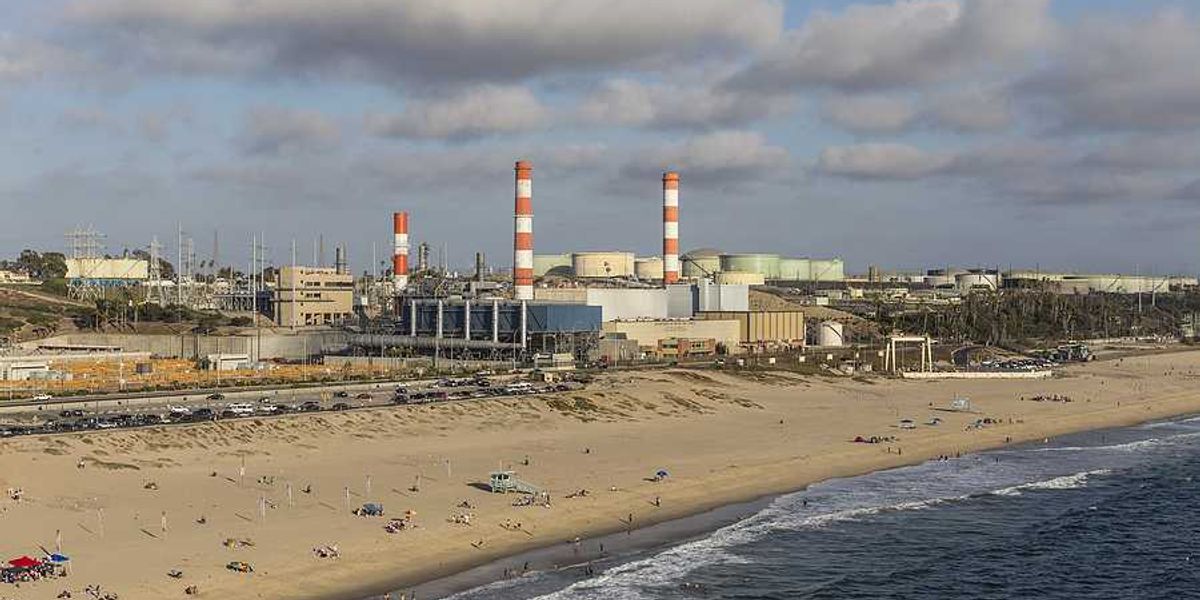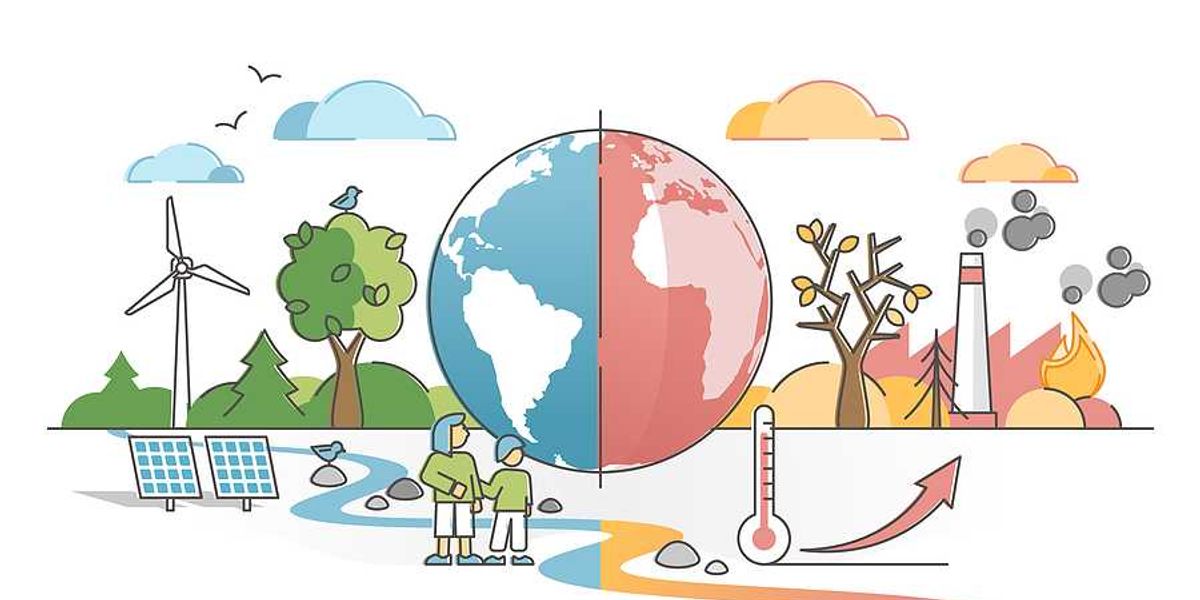New dashboard reveals deeper heat and pollution burdens in Latino neighborhoods across California
Latino-majority communities in Los Angeles and across California face significantly higher exposure to extreme heat and air pollution than white-majority neighborhoods, according to a new data dashboard from the University of California, Los Angeles.
Marcos Magaña reports for the Los Angeles Times.
In short:
- The UCLA Latino Climate and Health Dashboard shows that Latino neighborhoods endure about 23 more extreme-heat days per year than white-majority neighborhoods, due to factors like less tree cover, more heat-retaining surfaces, and older housing without adequate cooling.
- Latino residents are more likely to work in heat-exposed jobs and live in areas with poor air quality and limited infrastructure, compounding risks from climate change and environmental neglect.
- Community advocates say the new tool will help push for equitable policy responses and highlight how fear of immigration enforcement deters access to care, increasing vulnerability during extreme weather.
Key quote:
“Extreme heat isn’t just uncomfortable, it’s deadly.”
— Irene Burga, director of the Climate Justice and Clean Air Program at Green Latinos
Why this matters:
Extreme heat is the deadliest weather hazard in the U.S., and its toll is not equally shared. In California, Latino communities often live in older housing with poor insulation, limited shade, and minimal air conditioning — all factors that amplify health risks as temperatures climb. These neighborhoods also tend to have higher air pollution levels and fewer public resources, putting residents at greater risk for asthma, heat stroke, and cardiovascular stress. When fear of immigration raids keeps people indoors and away from clinics or cooling centers, health threats grow. Understanding how climate and immigration pressures overlap is essential for protecting people in frontline communities who are both exposed and underserved.
Related: Poverty greatly increases risk of death during heat waves













